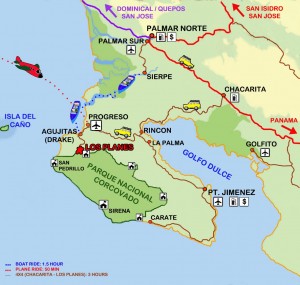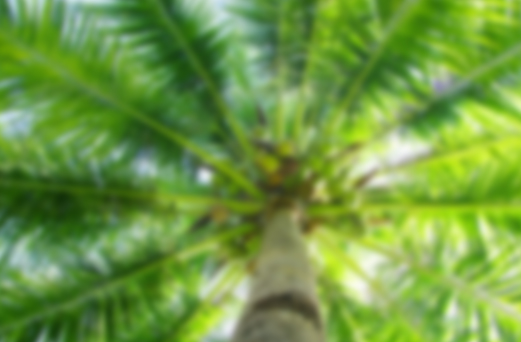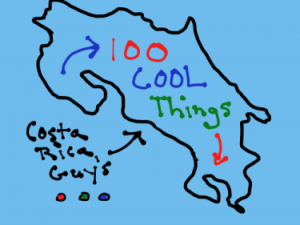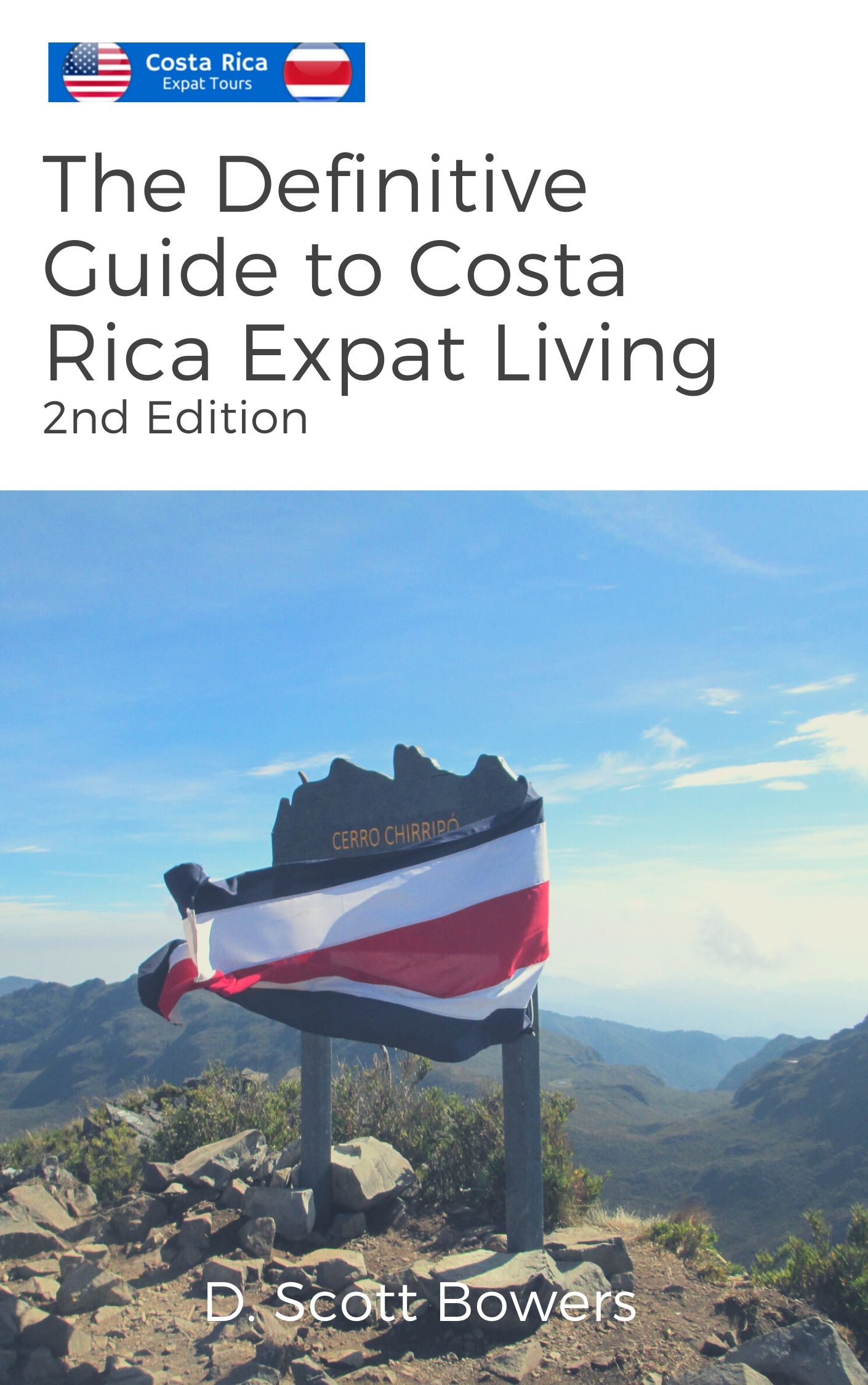
The Osa Peninsula was once, for me, Costa Rica’s great mystery.
Is it dangerous down there? Are the natives restless? Will the jaguars eat me? Are there roads? Can a white guy from South Carolina survive an excursion into this exotic wilderness?
Well, now that I’ve spent the better part years living at its gateway (San Isidro de El General), the mysteries have been a bit dispelled. It nevertheless remains the Costa Rica destination that best fulfils my yearning for adventure and exotic-ness.
However, for you, it may still be a dark and foreboding place. Let’s get over all that and explore in this post how to do the Osa Peninsula.
Where is it?
The Osa Peninsula is remote. Perhaps one of the two most remote locations, with the other being Costa Rica’s top right hand corner consisting of the Bara del Colorado Refuge (a topic for a future post, for sure). From either of Costa Rica’s international airports, it’s a long haul by land. However, there is “discussion” taking place about locating another international airport in or around Sierpe (at least that’s what the grape-vine has whispered). Those “discussions” in Costa Rica generally take years, decades even, to move from talk to action. In the meantime, there are a number of domestic airports that you can fly into that will get you there quickly and painlessly.
If you look at a map of the peninsula, it indeed resembles the smaller of Costa Rica’s two feet (the larger foot being the Nicoya Peninsula). The two most important entry points are those at Drake Bay on the “heel” (the northwestern point) of the peninsula and Puerto Jimenez on the “toe” (the southeastern point). Both have domestic airports. Flying cuts down your arrival time to around one hour from either Liberia (LIR) or San Jose (SJO) from the 5 to 8 hours it would take to drive. The cost of flying will be around $150 (after all the fees) for one way.
Drake Bay or Puerto Jimenez?
So, which is the better place to enter, the heel (Drake Bay), or the toe (Puerto Jimenez)?
Both are great, so I really can’t make that choice. There are some differences. Drake Bay has the advantage of being very close to Isla del Caño. This is an uninhabited island about half hour off the coast from Drake Bay that is surrounded by a vibrant coral reef. That makes Drake Bay one of Costa Rica’s most popular areas for scuba diving enthusiasts.
On the Puerto Jimenez side you have the Golfo Dulce and places like Cabo Matapalo, which are breathtakingly beautiful and serene…perfect for just getting away from it all. Puerto Jimenez itself I have always found to be a somewhat sleepy, but fun tico town with a few bars, a disco, and other things to do.
Drake Bay on the other hand is a place that if you blink too long, you’ll miss it. There really is nothing there other than a few hotels, and a beautiful and tranquil bay (swimming in it can be hazardous, however, as there are salt water crocs that might be swimming alongside of you).
Corcovado National Park
Both Drake Bay and Puerto Jiminez are more or less equal distance from and serve as the two main gateways into Corcovado National Park. The Park takes up a huge swath of the entire foot. It is the main touristic draw of the peninsula and a place that National Geographic once declared to be the most biodiversity intense location on the planet. A visit to the park is an absolute must. There are a of couple main ways to do it.
From Drake Bay the closest ranger station is San Pedrillo. From Puerto Jimenez the closest is La Leona. Trekking by foot to either of those is certainly an option. However, both of these ranger stations are located right on the Pacific coast of the park, so taking a boat to them is also an option. Since these stations are closer to civilization you will see less wildlife at either than you will if you venture deeper into the park.
The place to do that is Sirena Station, which is a little south of the midpoint on the Pacific coastline of the park. It is a bit closer from La Leona to Sirena than from San Pedrillo to Sirena, so if you are thinking of doing a trek there, it would make sense to allow Puerto Jimenez to serve as the launching location for your park excursion. From Puerto Jimenez you will have to take a bumpy ride to Carate, where you will begin the trek to La Leona and then on from there to Sirena.
Another, but much more expensive option, is to charter a private plane from Puerto Jimenez to Sirena, which has a landing strip.
There are accommodations at the ranger station and you can book yourself for a night or two. The accommodations are extremely basic and you should bring your own food. Sirena Station is perhaps the best location in the country for wildlife viewing. There you will have the chance to see Tapirs, jungle cats (puma and/or jaguar even), all four species of Costa Rica’s monkeys, crocs, caimans…you name it, it’s there. It is truly a magical place.
I can’t recommend more that you put the Osa Peninsula on your Costa Rica vacation planning map. I know it does not have the widespread tourist appeal of places like Manuel Antonio, Monteverde, Arenal and Tamarindo, but it is Costa Rica in its rawest and most untouched natural form.
Image: Tesoro Verde Ecolodge
My Video of the Lapa Rios Jungle Lodge Experience








Comments